Seaming
Seaming of artificial grass and putting greens is typically done in one of three ways:
I. Seaming Tape and Glue
a. This method is the most robust but also the most expensive and the most labor intensive of the seaming methods.
b. Purchase Green sells a 12” wide seaming tape and a separate moisture cured glue.
i. Purchase Green’s seaming tape is sealed on one side. The sealed side goes face down. The non-sealed side should be face up and the glue is applied to the non-sealed side.
c. Purchase Green’s seaming glue comes in three sizes:
- 5 gallon bucket – good for up to 250 linear feet of seaming using a 12” wide seaming tape.
- 1 gallon bucket – good for up to 50 linear feet of seaming using a 12” wide seaming tape.
- 29 oz tube – food for 13 linear feet of seaming using a 12″ wide tape.
- The seaming glue has a 24-hour cure time.
d. Typically the two rolls are dry-seamed for fit. Then the rolls are pulled back, the glue is applied to the tape and allowed to sit until it gets tacky (usually 5 to 10 minutes depending on the amount of moisture in the air – this process can be sped up by misting the glue with a spray bottle). Once the glue is tacky, the grass is set back in place on top of the tape.
e. When seaming with tape and glue the installer will typically also use sod staples or nails to hold the seam in place while the glue is curing. This allows the installer to move on with the installation while the glue is curing without risk of disrupting the seam – so the staples and nails provide your short-term hold while the tape and glue provide your long-term hold.
f. We strongly encourage the use of tape and glue for putting green installations as it is the most effective way to seam two rolls of putting green and it is the most effective way to seam the fringe to the green. Because putting greens are such short, dense products it is virtually impossible to hide nail heads and as such this becomes the only viable seaming option.
II. Sod Staples and Nails
a. This is the least expensive and easiest seaming method. The installer would use nails every 3” on alternate sides of the seam or sod staples every 6”.
b. If the sub-base is really rocky nails, rather than staples, will be the preferred option as the staples are far more likely to bend.
III. Double-Sided Industrial Tape
This method is common in hot climates and for installers that prefer tape and glue but like the ease of using nails and staples. This method is also commonly used for temporary installations (such as at trade shows) and for installations over non-permeable surfaces such as concrete and asphalt. Where feasible this is also used in conjunction with nails and staples. The higher the temperature the better the tape will bond making it one of the most popular choices in the Las Vegas and Phoenix markets. When installing with this method in a colder climate and/or for indoor applications (such as at a trade show) you can (carefully) use a butane torch to heat the tape to improve its tackiness.



